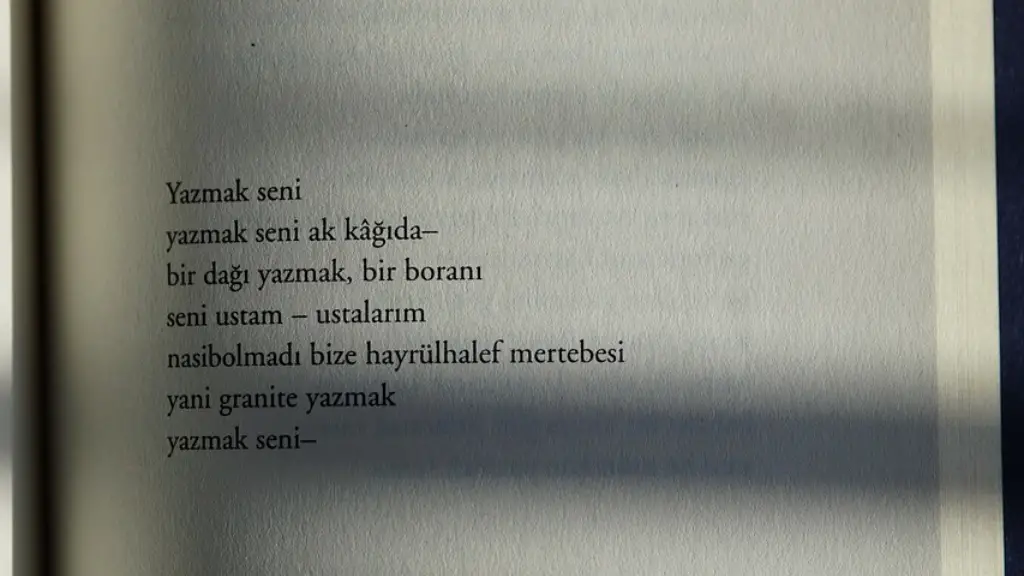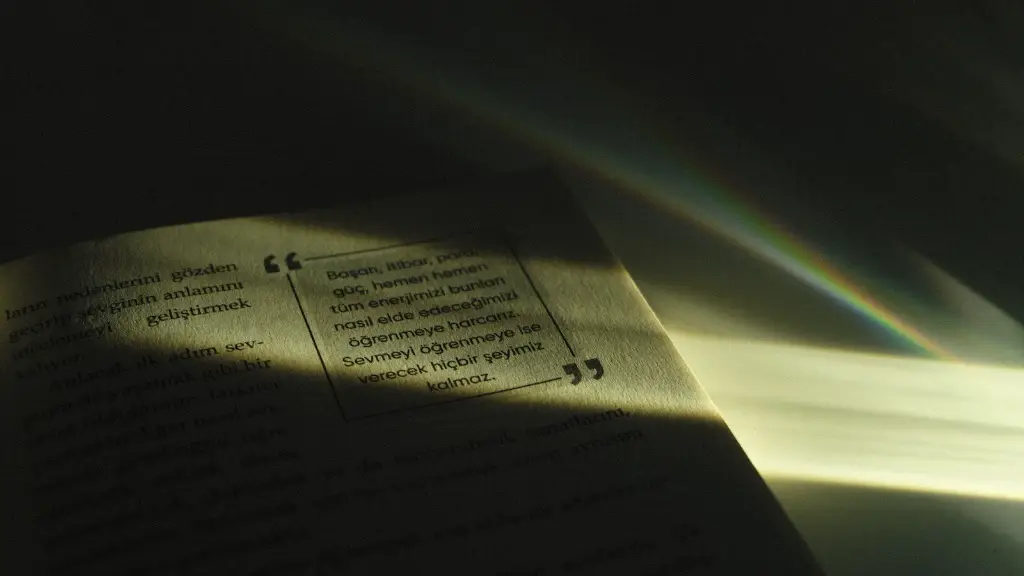Introduction
Urdu poetry is one of the oldest forms of literature, tracing its origins back to the 16th century. It is the language of the people, and its expressions have been passed down through generations. Urdu poetry is often described as having a unique depth of emotion and its metaphors and similes have captivated generations of poets and their readers. Urdu poetry stands out from other types of poetry because of its intricate nature and the multiple layers of symbolism. In its attempt to capture the beauty and anguish of life, it uses simple words and scenes to convey deeply profound messages.
Evolution of Urdu Poetry
Urdu poetry started to evolve in the 16th century when genres such as ghazal and qasida were established by some of the greatest poets of the time. In the 19th century, the genre evolved further and moved away from traditional themes towards more romantic and emotional themes. One of the most important figures in the evolution of Urdu literature is Mirza Asadullah Khan Ghalib. His works were considered revolutionary at the time and introduced a new style that was greatly appreciated. Ghalib was known for his use of witty paradoxes and metaphors and his writing has had a profound influence on the style and structure of Urdu poetry that persists today.
Styles and Themes
Urdu poetry has several distinct styles. The most common is the ghazal, which has become the dominant style of Urdu poetry. Ghazals are considered to be one of the most important forms of classical poetry and usually consist of several lines in which the first line is repeated in different variations. Themes commonly explored in ghazals are love, loss, sorrow and nostalgia. Qasidas are also a well-known poetic form, with more of an emphasis on storytelling and celebrating heroic deeds. Other forms include masnavi, rubai and nazm.
Significance of Urdu Poetry
Urdu poetry has had an immense impact on the literary culture in India and Pakistan. Millions of people have been captivated by its beauty and depth of emotion and it has been embraced by people from all walks of life. It has served as an important source of inspiration for writers, poets and artists over the centuries and its influence can be seen in many genres of literature.
Metres and Rhymes
Urdu poetry is known for its strict adherence to metre and rhyme. Most poems employ a fixed metre and the poet must adhere to a regular pattern of syllables and rhymes. This has become the hallmark of Urdu poetry and it is one of its distinguishing features. Many poets use intricate and challenging metres in their poems that are designed to captivate the readers.
Experiences and Emotions In Urdu Poetry
Urdu poetry seeks to capture the full range of emotion and experience that can be felt in everyday life. It is a window into the depths of the soul and its expressions can be powerful and evocative. Urdu poets play with language in order to construct stories and images that are meaningful and resonate with their readers. The use of vivid imagery and imaginative metaphors often reveals insights into the human experience that cannot be articulated in any other way.
Importance of imagery in Urdu Poetry
The use of vivid imagery is integral to the power of Urdu poetry. Metaphors, similes and analogies are used to create vivid and powerful images that draw the readers into the poem. Poets use imagery to convey the essence of a thought or emotion in a powerful and memorable way. Imagery can also be used to evoke feelings of nostalgia or longing, as well as to create a visual narrative that is both beautiful and compelling.
Political and Social Commentary
Urdu poetry has often been used as a form of protest, as poets have expressed their feelings of opposition to oppressive regimes and voice their concerns about society. Poets such as Faiz Ahmad Faiz and Habib Jalib used poetry to make powerful political statements and their works have become part of the collective memory of a nation. Even in more recent times, many poets have used Urdu poetry to express their views on political and social issues.
Cultural Impact
Urdu poetry has had a significant impact on the culture of South Asia, as it has been an important part of the literary heritage of the region for centuries. The evolution of Urdu poetry has been shaped by different cultures and several languages, resulting in a unique form of literature that is both captivating and timeless. Urdu poetry has been an influential force in South Asian culture and its legacy can still be seen today.
Rise of Social Media Platforms
The rise of social media platforms has opened up a new avenue for Urdu poetry. Many poets and artists have taken to platforms such as Twitter and Instagram to share their work and reach out to a larger audience. Social media has made it easier for new and emerging poets to gain recognition and find their voice without worrying about being judged or censored. It has also transformed the way that people interact with poetry by making it accessible to a wider audience.
Revitalising the Genre
In more recent times, several efforts have been made to reintroduce the genre of Urdu poetry to the younger generation. Through social media campaigns, educational workshops and poetry slams, the genre has been revitalised and it is no longer seen as something solely for ‘old-timers’. Platforms such as YouTube and SoundCloud have allowed newer poets to share their works and reach a wider audience.
Conclusion of Urdu Poetry
Urdu poetry is a unique form of expression that has been embedded in the culture of South Asia for centuries. With its complex layers of symbolism and intricate styles, it stands out from other forms of poetry. With its ability to capture the essence of life’s emotions and experiences, it has the power to transmit powerful messages that resonate profoundly with its readers. As the genre evolves further to keep up with changing times, it continues to captivate audiences and inspires new generations of poets and their readers.



